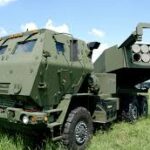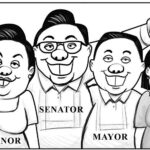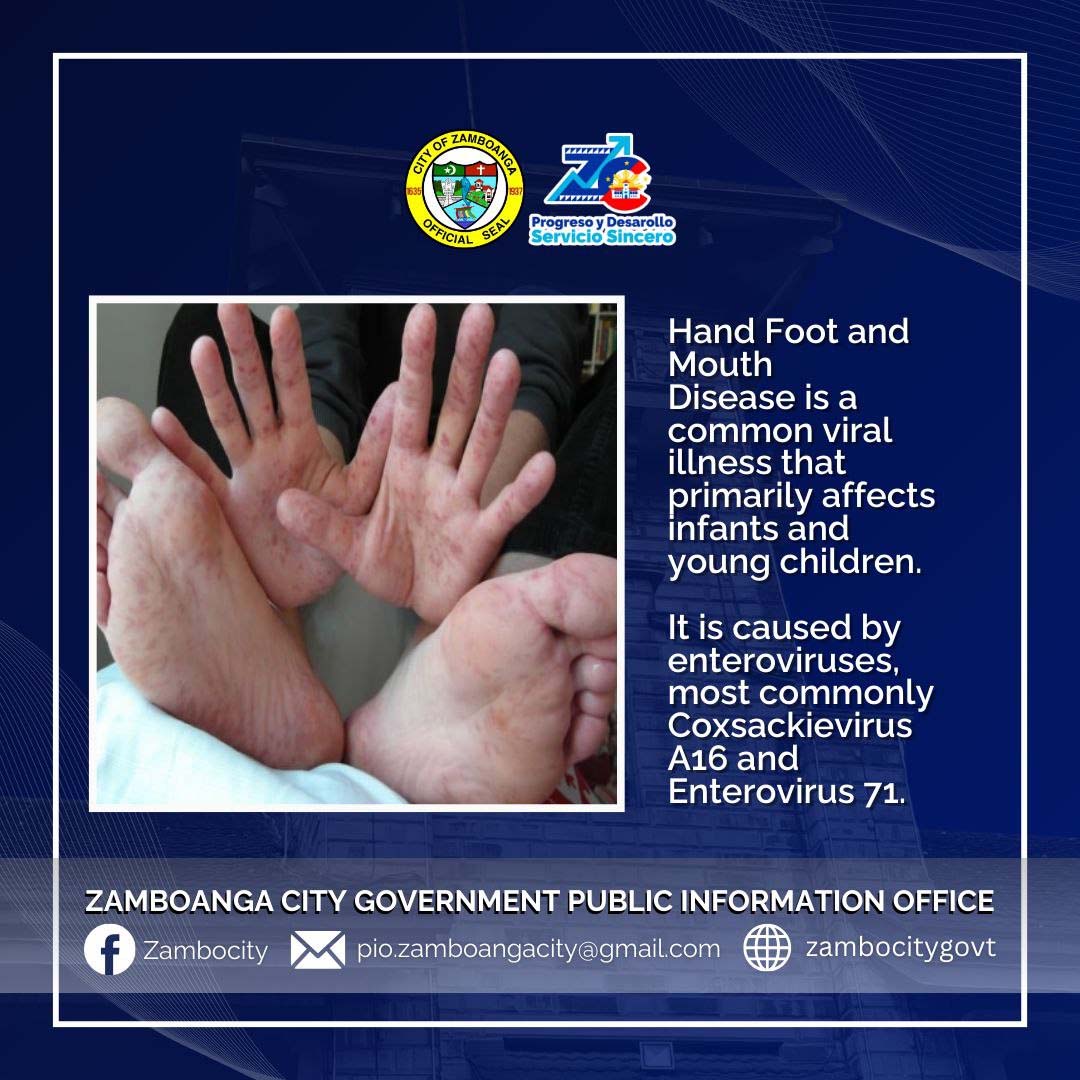Sheilla Cajayon Ysug-Lee, R.N.
Zamboanga City, a vibrant and culturally rich urban center in the southern Philippines, has long been plagued by economic challenges that have left its residents struggling to make ends meet. Despite its strategic location and natural resources, the city continues to grapple with high poverty rates, unemployment, and a lack of economic opportunities. It is imperative that the city’s leaders and stakeholders take immediate action to address these pressing concerns and pave the way for a more prosperous future for its citizens.
One of the most pressing issues facing Zamboanga City is its high poverty rate. According to the Philippine Statistics Authority (PSA), the city’s poverty incidence in 2020 was 24.6%, significantly higher than the national average of 16.1%. This means that nearly one in four residents lives below the poverty line, struggling to access basic necessities like food, shelter, and healthcare. The city’s poverty rate is a stark reminder of the need for effective economic policies and programs that can help lift its residents out of poverty.
Unemployment is another major concern in Zamboanga City. The city’s labor force participation rate is relatively low, and many of its residents are engaged in informal or low-paying jobs that offer little to no social protection. The lack of decent-paying jobs has led to a brain drain, with many young and educated residents seeking opportunities in other parts of the country or abroad. This has resulted in a shortage of skilled workers in key industries, hindering the city’s economic growth and development.
The city’s economy is also heavily reliant on a few traditional industries, such as agriculture and fishing, which are vulnerable to climate change, natural disasters, and market fluctuations. The lack of economic diversification has made Zamboanga City susceptible to economic shocks, leaving its residents with limited coping mechanisms.
So, what can be done to address these economic challenges? First and foremost, the city’s leaders must prioritize the development of a diversified and inclusive economy that offers a range of job opportunities, from entrepreneurship to formal employment. This can be achieved through investments in infrastructure, education, and training programs that equip residents with the skills needed to compete in the modern economy.
The city government should also focus on supporting small and medium-sized enterprises (SMEs), which are critical to job creation and economic growth. This can be done through initiatives such as business incubators, access to finance, and market development programs.
Furthermore, the city must invest in social protection programs that provide a safety net for its most vulnerable residents. This includes programs such as cash-for-work initiatives, livelihood support, and access to healthcare and education.
Finally, the city’s leaders must work towards creating a business-friendly environment that attracts investments and promotes economic growth. This can be achieved through streamlined regulations, efficient permitting processes, and investments in infrastructure and public services.
In conclusion, the economic conditions in Zamboanga City are a pressing concern that requires immediate attention from the city’s leaders and stakeholders. By prioritizing economic diversification, supporting SMEs, investing in social protection programs, and creating a business-friendly environment, the city can unlock its economic potential and provide its residents with a better quality of life. It is time for Zamboanga City to break free from the cycle of poverty and unemployment and forge a path towards sustainable and inclusive economic growth.















